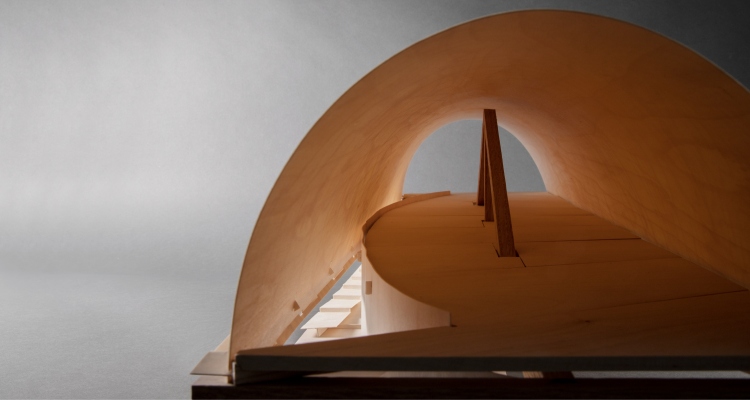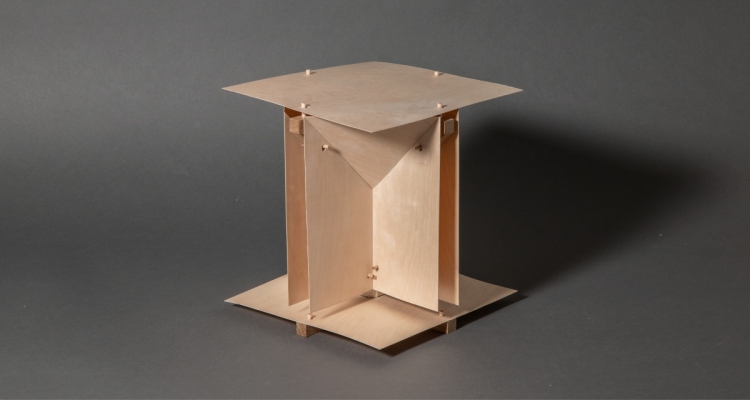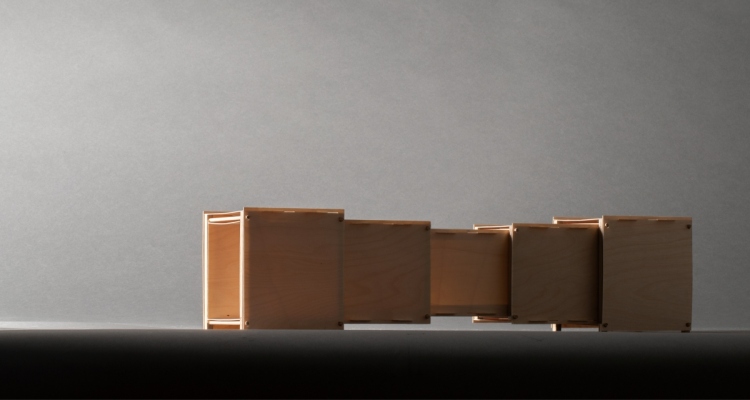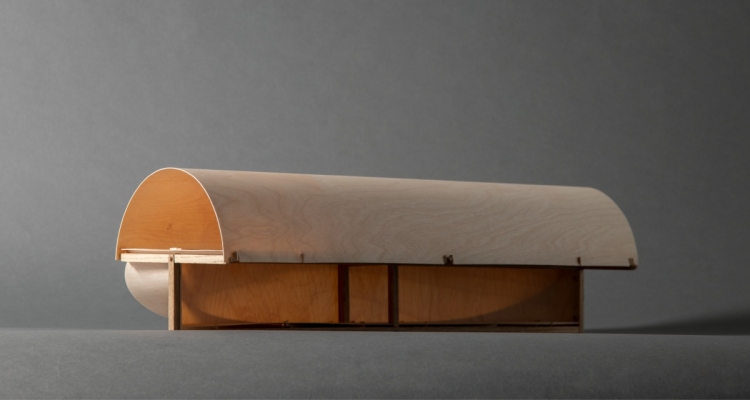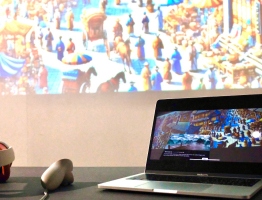Diploma project
Autumn 2021
Institute of Architecture
I understand tolerance space is the distance that exists within a connection.
It is a void, in tension, waiting for a meeting.
Different scales of tolerance space can be found in different relationships and situations:
Spatial Studies of Tolerance Space
I made four models based on the elements I discovered and recorded related to tolerance space during summer holidays: Column, Hall, and Passage_1&2. The models are pure, scaleless, and have open materiality. They express proportions, relationships, and spaces. They maintain some common characters in structure, materiality, construction, and space.
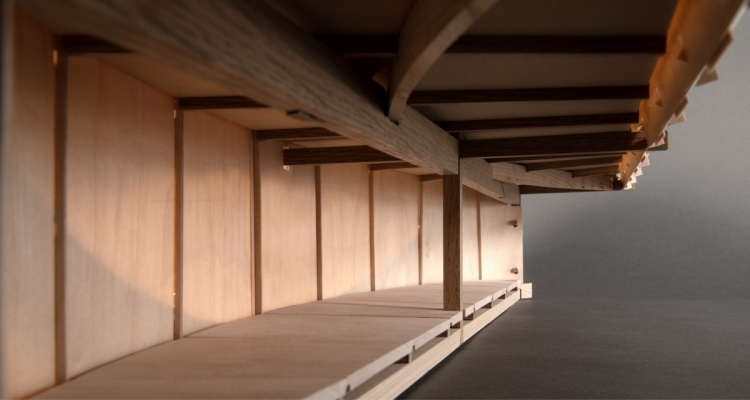
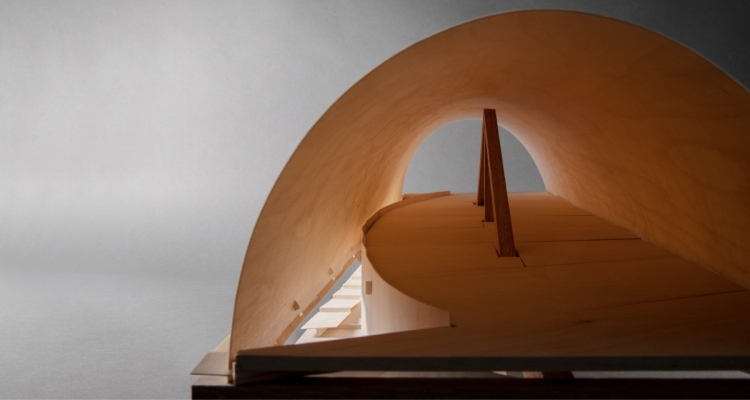

The Project of Tolerance Space
I chose the model “Passage_2” and introduced scale and materiality to develop a project of toler-ance space with conventional structural dimensions. The structure consist of three main spaces:

Mingming Zhang / azmingming@gmail.com
It is a void, in tension, waiting for a meeting.
Different scales of tolerance space can be found in different relationships and situations:
- Tectonic Tolerance Space: The transitional space that was created to meet the technical and utilitarian requirements.
- Conceptual Tolerance Space: It is a surplus space that aims to achieve certain spatial qualities or idea clarity rather than the technical or utilitarian resolutions.
- Integral Tolerance Space: The whole structure/architecture acts as an intermedium placed on the site to influence the circumstance around the structure/architecture.
Spatial Studies of Tolerance Space
I made four models based on the elements I discovered and recorded related to tolerance space during summer holidays: Column, Hall, and Passage_1&2. The models are pure, scaleless, and have open materiality. They express proportions, relationships, and spaces. They maintain some common characters in structure, materiality, construction, and space.
- Column: The column not only exists to resist gravity, but it is also like the director behind the stage, organizing the relations of spaces inside and outside. Tolerance spaces not only stay inside the column but also exist around it.
- Hall: The hall is a hollow column with various slit outlets. Behind the tolerance space between the walls and columns, another layer of tolerance space exists inside the walls.
- Passage_1: This is a passage that starts from one wall, the passage is a dilated wall in human scales for human activities, the wall itself is a passage in another scale for nonhuman factors.
- Passage_2: Three curved surfaces are constrained by the skeleton and interweave with the skeleton in three directions. There are tensions between the skeleton and skin, the definition be-tween structure and space becomes ambiguous.@



The Project of Tolerance Space
I chose the model “Passage_2” and introduced scale and materiality to develop a project of toler-ance space with conventional structural dimensions. The structure consist of three main spaces:
- The ground space is semi-enclosed by a curved wall, open to the opposite side under the extend-ing ceiling. It has a panorama-like view with a column in the middle and two other columns out-side the wall, which constrain the bending wall.
- The top space is a passage space covered by a continuous vault. It is a linear space with open-ings at its ends. The central column grows from the ground to the top space and connects to two wooden tie rods. The three wooden elements are aligned on the central axis of the space.
- The ramp/stair is the connection between the ground space and the top space. It is suspended behind the wall, starts in the middle, rises to both sides along the wall, and finally squeezes into the top space through the gaps between the wall and the vault.

Mingming Zhang / azmingming@gmail.com
